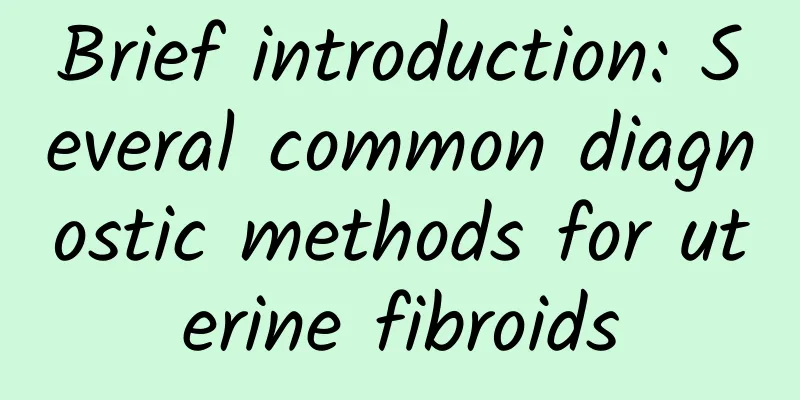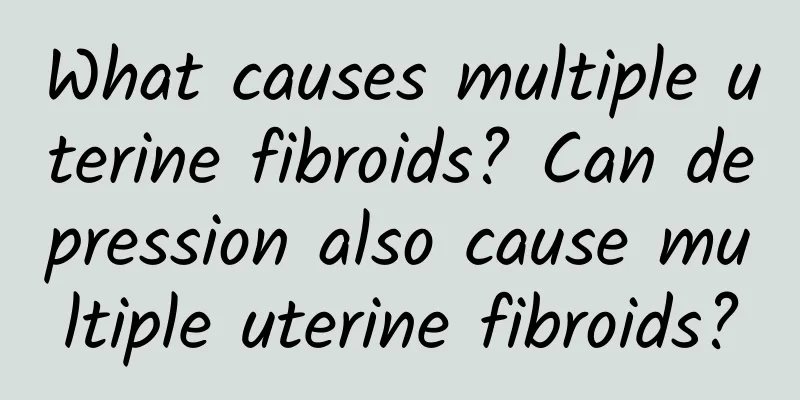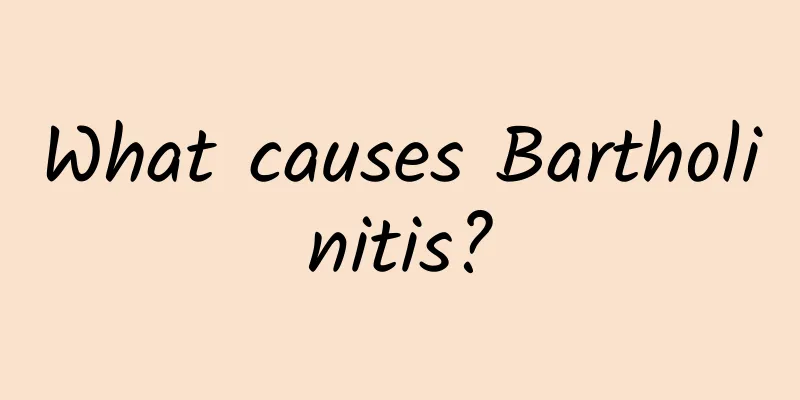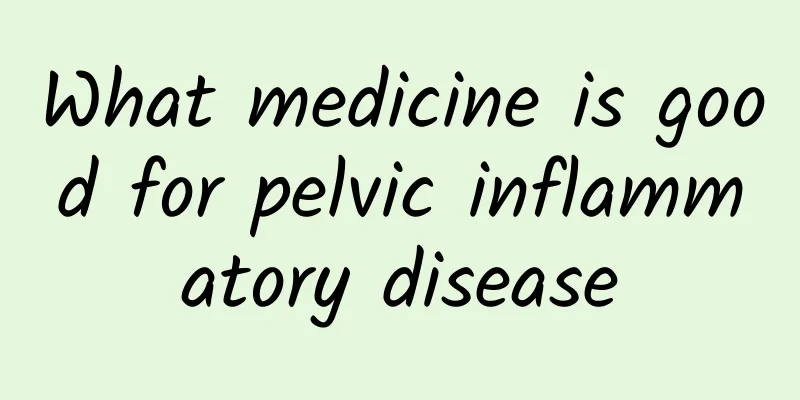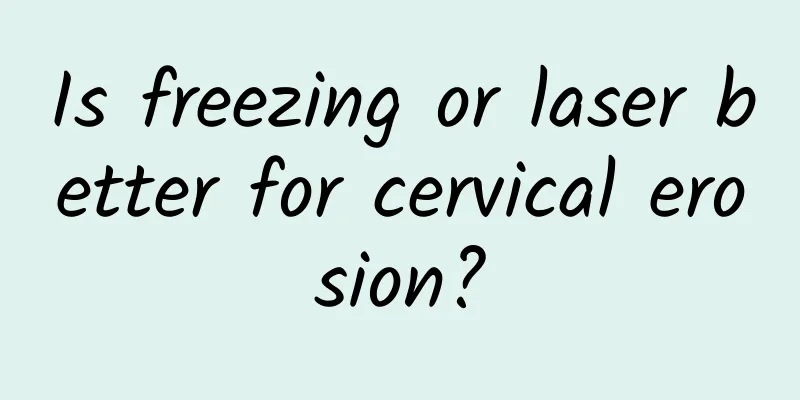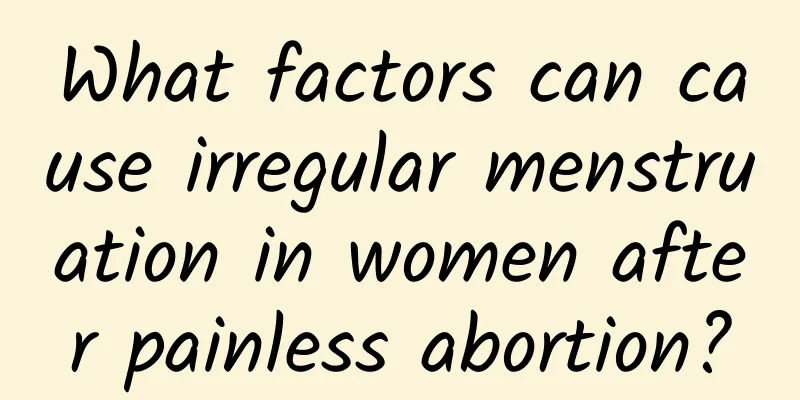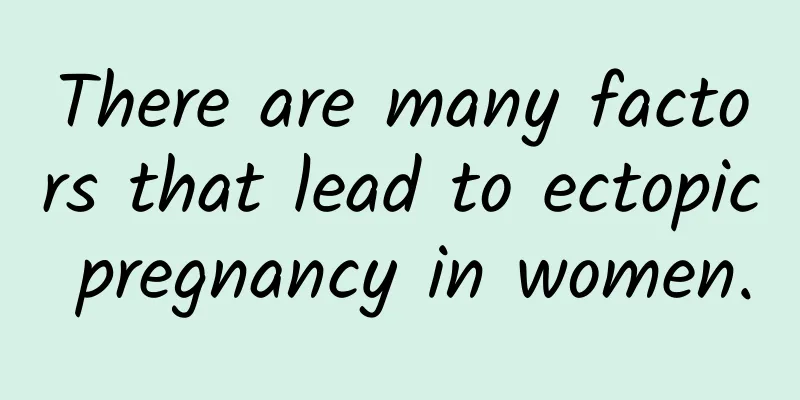Can I still have children after uterine fibroid surgery? When can I have surgery for uterine fibroids?

|
Generally speaking, medicine is developing rapidly at present, and many diseases can be treated well. At present, the number of patients with uterine fibroids is increasing. At present, the treatment of uterine fibroids is divided into surgical treatment and non-surgical treatment. So what are the surgical methods for uterine fibroids? Surgical treatment of uterine fibroids includes myomectomy and hysterectomy, which can be performed through abdominal, vaginal or endoscopic surgery (hysteroscopy or laparoscopy). The choice of surgery and surgical method depends on factors such as the patient's age, fertility requirements, the size and growth site of the fibroids, and medical technology conditions. (1) Myomectomy: The surgery to remove uterine fibroids and preserve the uterus is mainly used for young women under 40 who wish to retain their fertility. It is suitable for patients with large fibroids, heavy menstruation, compression symptoms, infertility caused by fibroids, submucosal fibroids, and rapidly growing fibroids without malignant transformation. (2) Patients with obvious symptoms of hysterectomy, the possibility of malignant changes in fibroids, and no fertility requirements are suitable for hysterectomy. Hysterectomy can be performed by total hysterectomy or subtotal hysterectomy. Patients of older age are suitable for total hysterectomy. The possibility of cervical malignancy must be eliminated before surgery. (3) Uterine artery embolization uses radiological intervention to directly insert an arterial catheter into the uterine artery, inject permanent embolic particles, and block the blood supply to the uterine fibroids, so as to shrink or even eliminate the fibroids. UAE is currently mainly suitable for uterine fibroids with symptoms such as anemia caused by abnormal uterine bleeding. When choosing interventional treatment for uterine fibroids, caution should be exercised, especially for patients with uncontrolled pelvic inflammation, those who wish to retain fertility, arteriosclerosis, and contraindications to angiography should be listed as contraindications to this treatment. 5% of patients may have premature ovarian failure and rare pelvic infections after surgery. Patients should maintain smooth bowel movements after surgery and avoid heavy physical labor within six months, especially activities that increase abdominal pressure. Go to the hospital for a checkup 1 to 2 months after surgery to understand the wound healing situation. In addition, it should be noted that the abdominal wall incision should be kept dry after discharge, and a bath should be taken after one week, because the sutures have just been removed after discharge, the needle holes have not yet completely healed, and the incision scab has not yet fallen off, so it is not suitable to take a bath. This is also a preventive measure after uterine fibroid surgery. |
<<: Can I have sex after uterine fibroid surgery? Do uterine fibroids need regular checkups?
Recommend
Several common treatments for chronic adnexitis
Chronic adnexitis is relatively common for female...
How to treat dysmenorrhea, headache and dizziness? How to quickly relieve dysmenorrhea and dizziness?
How to treat dysmenorrhea, headache and dizziness...
Why is cervicitis always difficult to cure? What complications can cervicitis cause in women?
Some women who have cervicitis actively go to the...
Refuse to be a couch potato to avoid post-New Year weight loss! Master the 6 principles to burn calories and lose weight easily
The Chinese New Year and the cold winter weather ...
How long can you live with Bartholinitis?
The Bartholin's glands are located at the bac...
Eat like this on the ketogenic diet ~ DIY braised pork trotters to replenish fat!
★ Braised pork trotters Difficulty: ☆. Nutritiona...
What does amenorrhea mean?
Amenorrhea, as the name suggests, means that a wo...
Brief analysis of the typical symptoms of atrophic vulvar leukoplakia at different stages
Many people may feel unfamiliar with atrophic vul...
How much do you know about the cause of uterine adnexitis?
Among the categories of adnexitis, uterine adnexi...
Professional knowledge about diet for abortion
For every female friend, miscarriage is not a tri...
Lazy man's weight loss technique! Sleep weight loss method to supplement the right amino acids and lose weight
Often stay up late and eat midnight snacks to rel...
The rock bath actually smells like medicine! Ginseng replenishes Qi and adjusts physical condition
Office workers are under great work pressure, whi...
What medicine is effective for women with irregular menstruation? What foods are good for women with irregular menstruation?
What medicine is effective for irregular menstrua...
Can I have sex with an enlarged cervix? What are the treatments for an enlarged cervix?
Cervical hypertrophy is mainly caused by long-ter...
Why can't congenital absence of vagina be cured?
Why can't congenital absence of vagina be cur...

